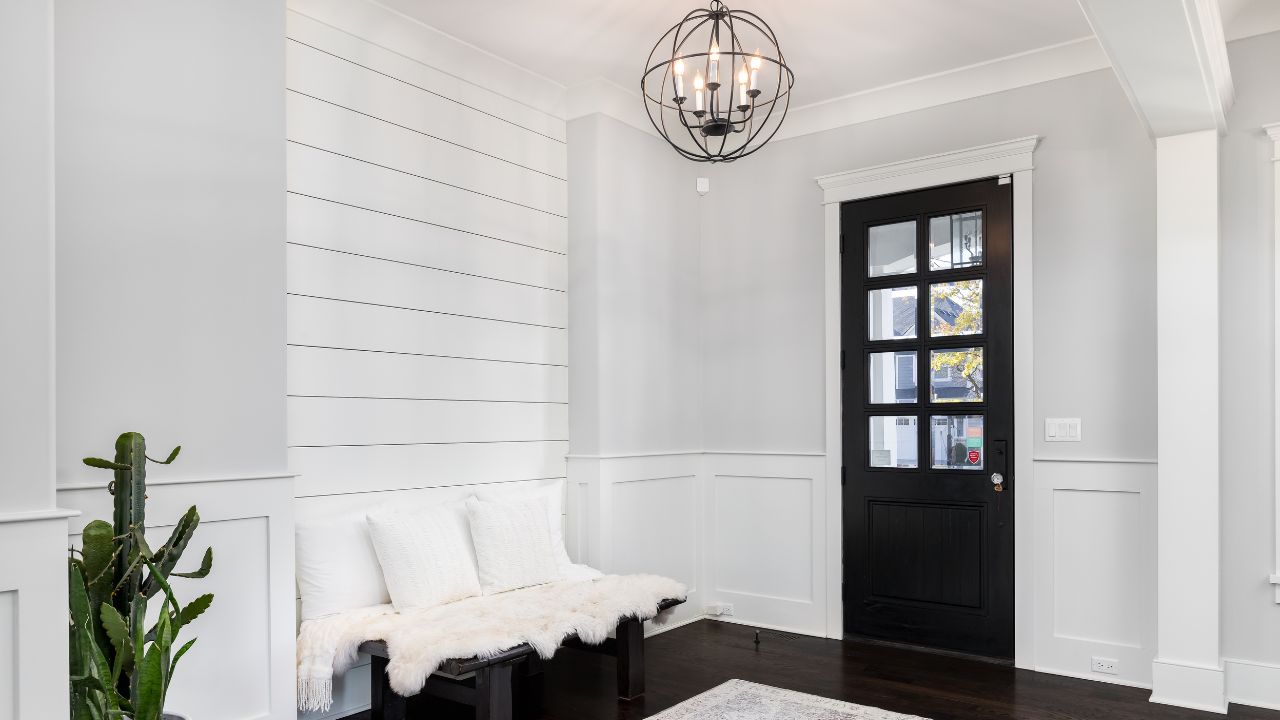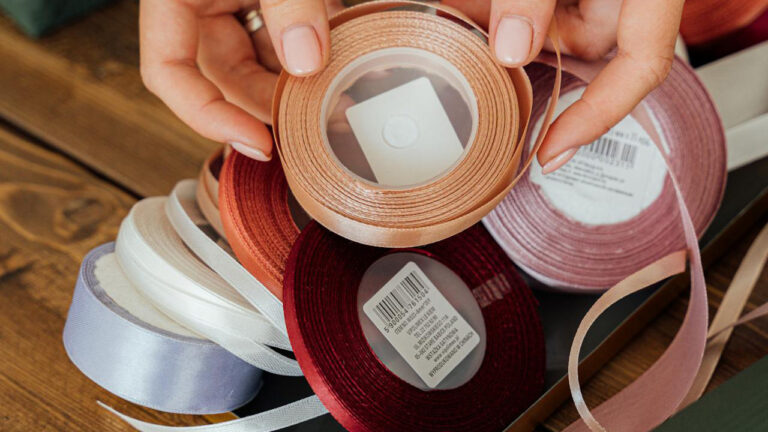What designers are replacing shiplap with now
Shiplap had its moment, but most designers are ready to move on. After years of seeing it on every wall, in every HGTV makeover, it’s starting to feel predictable.
The new wall treatments still bring in texture and warmth, but with a fresher, more elevated look. If you’re ready to update your walls without losing that character shiplap once offered, here’s what designers are turning to instead.
Vertical paneling
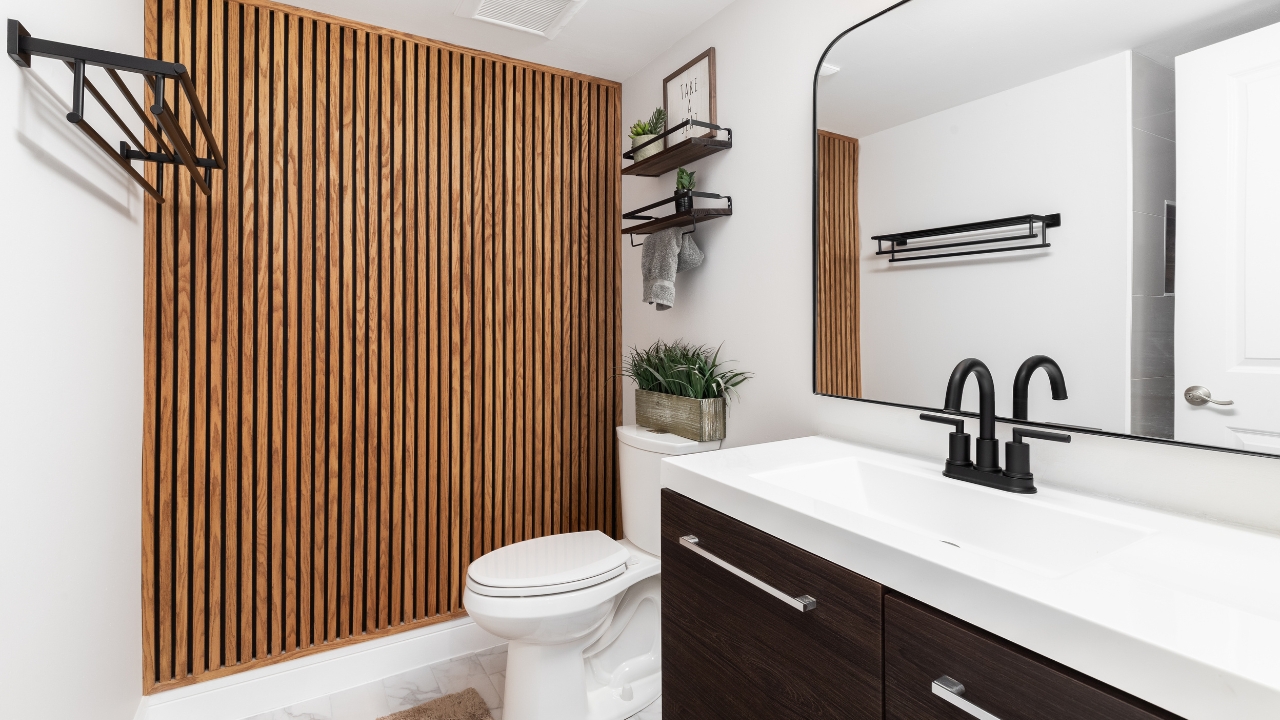
Vertical paneling is the cleaner, more modern cousin of shiplap. It draws the eye up, making ceilings look higher and rooms feel taller.
Designers love that it adds texture without overwhelming a space. Painted in soft neutrals or moody tones, it brings in warmth while feeling more current than the horizontal planks we’ve all seen a thousand times.
Beadboard

Beadboard brings a touch of charm without the overdone farmhouse look. It works well in bathrooms, kitchens, and entryways—anywhere you want subtle texture and a classic feel.
It’s more detailed than shiplap but still understated. Designers often paint it in creamy off-whites or muted colors for a timeless, cottage-style effect that doesn’t scream “trend.”
Limewash walls
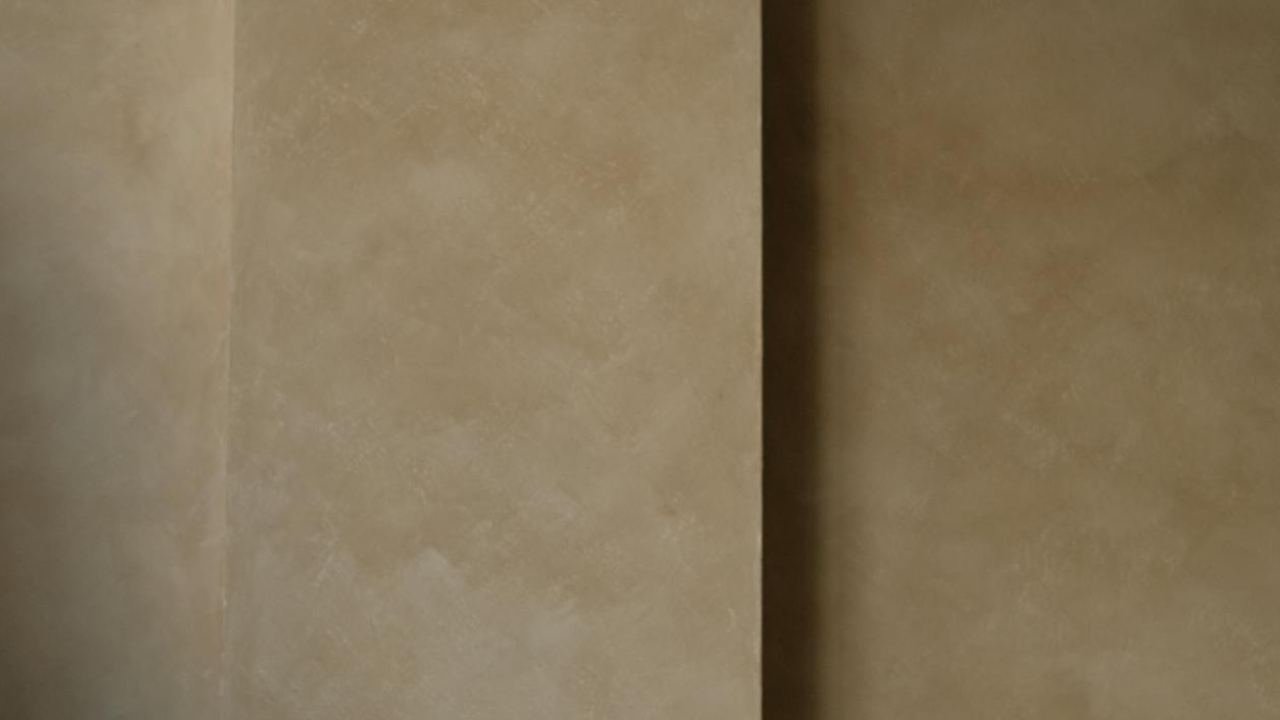
Limewash is one of the biggest upgrades designers are recommending now. It adds depth and texture through natural color variation instead of physical panels.
The finish softens light and gives walls a lived-in, high-end look that feels organic. It’s less “country farmhouse” and more “European vintage,” which instantly makes a home feel more refined.
Plaster and Venetian finishes

Plaster finishes are back in a big way because they add texture without pattern. The subtle movement in the surface creates visual interest that feels calm and elevated.
Designers love that plaster works in both traditional and modern homes. It’s durable, unique, and instantly gives a wall character—without needing wood or panels at all.
Board and batten

Board and batten adds structure and dimension while still feeling clean. It can work across full walls or as wainscoting in hallways and dining areas.
Unlike shiplap, it has more architectural weight. Designers are leaning into tall, narrow battens painted the same color as the wall for a tailored, cohesive finish.
Wallpaper with texture

Instead of plain painted walls, designers are using grasscloth and woven wallpapers to add warmth and texture. They’re a subtle way to create depth without heavy woodwork.
Natural fiber wallpapers give a layered, cozy feel that’s timeless but still updated. They’re especially popular in bedrooms, offices, and entryways where you want something visually soft.
Painted drywall with trim
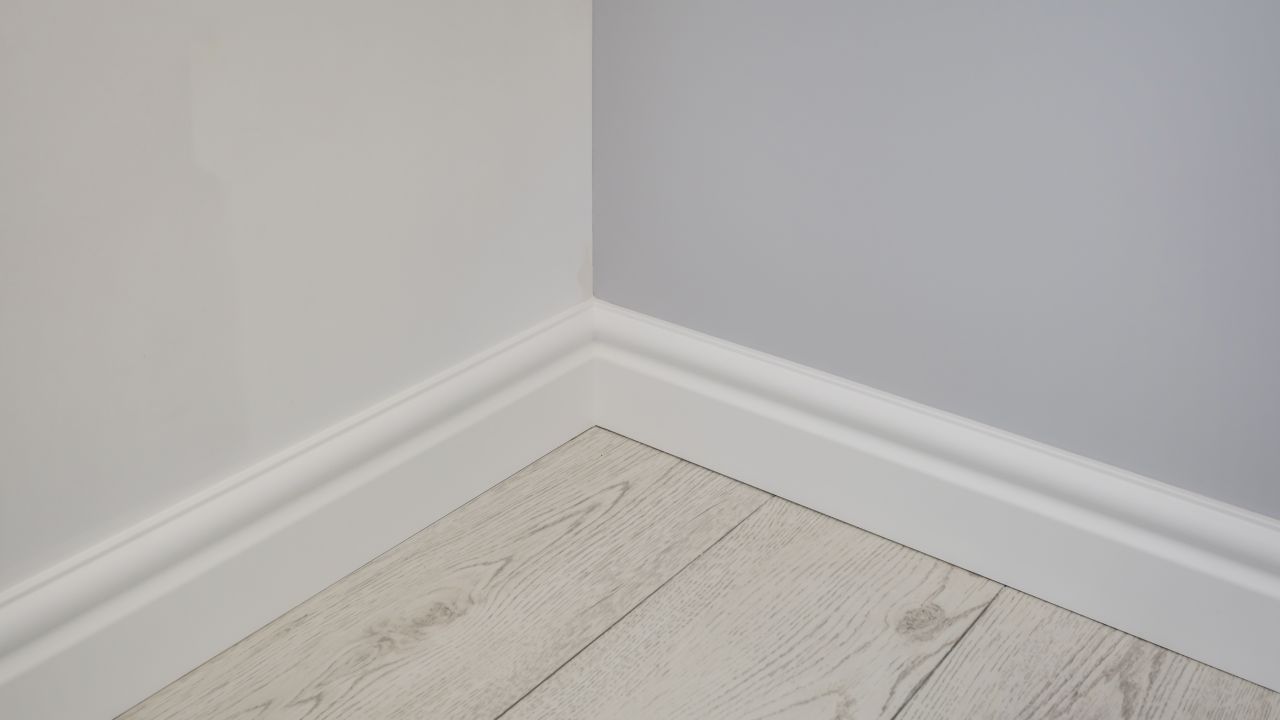
A smooth painted wall with elegant trim is one of the simplest ways to replace shiplap while keeping visual interest. Trim adds structure, and paint color does the rest.
Designers often use picture frame molding or narrow wall panels to create dimension. It looks tailored but not busy—and it can be as formal or casual as you want.
Tongue and groove
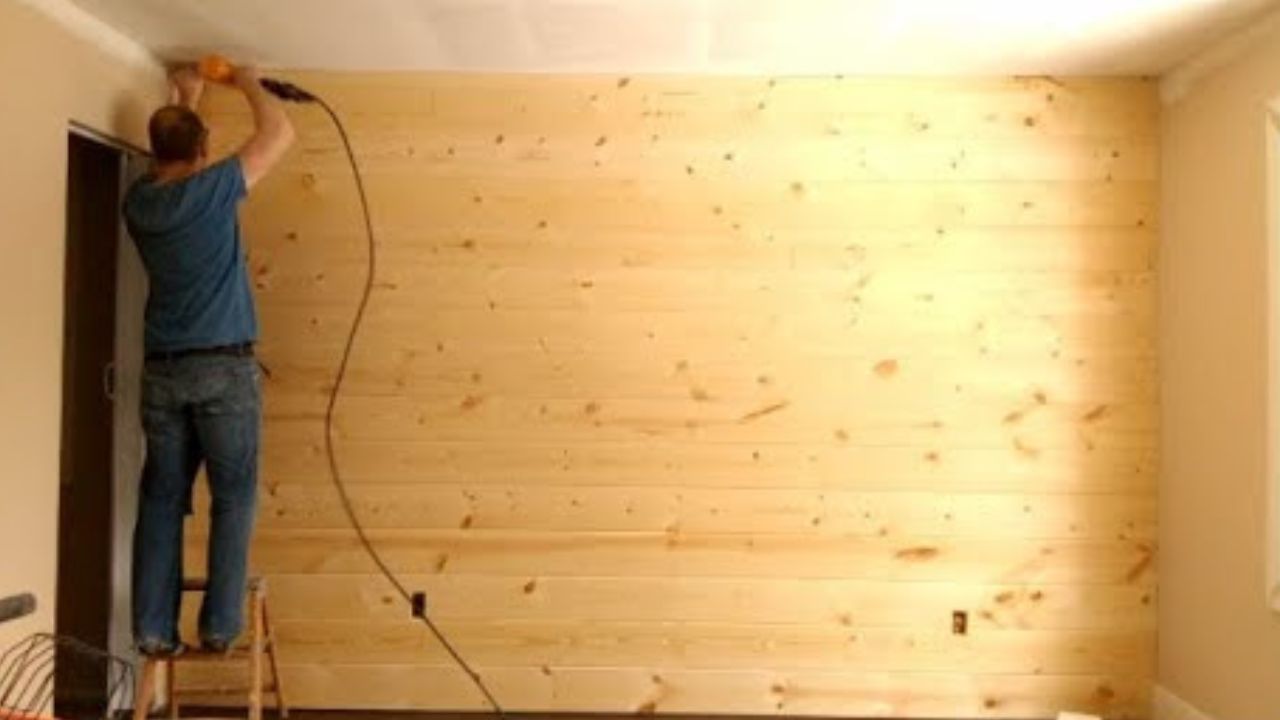
Unlike standard shiplap, tongue and groove planks fit together seamlessly, creating a tighter, more polished look. Designers like it for ceilings and accent walls where shiplap might feel too rustic.
It gives that same wood-panel warmth but in a way that feels more built-in and intentional. Painted or stained, it looks finished instead of trendy.
Textured paint finishes
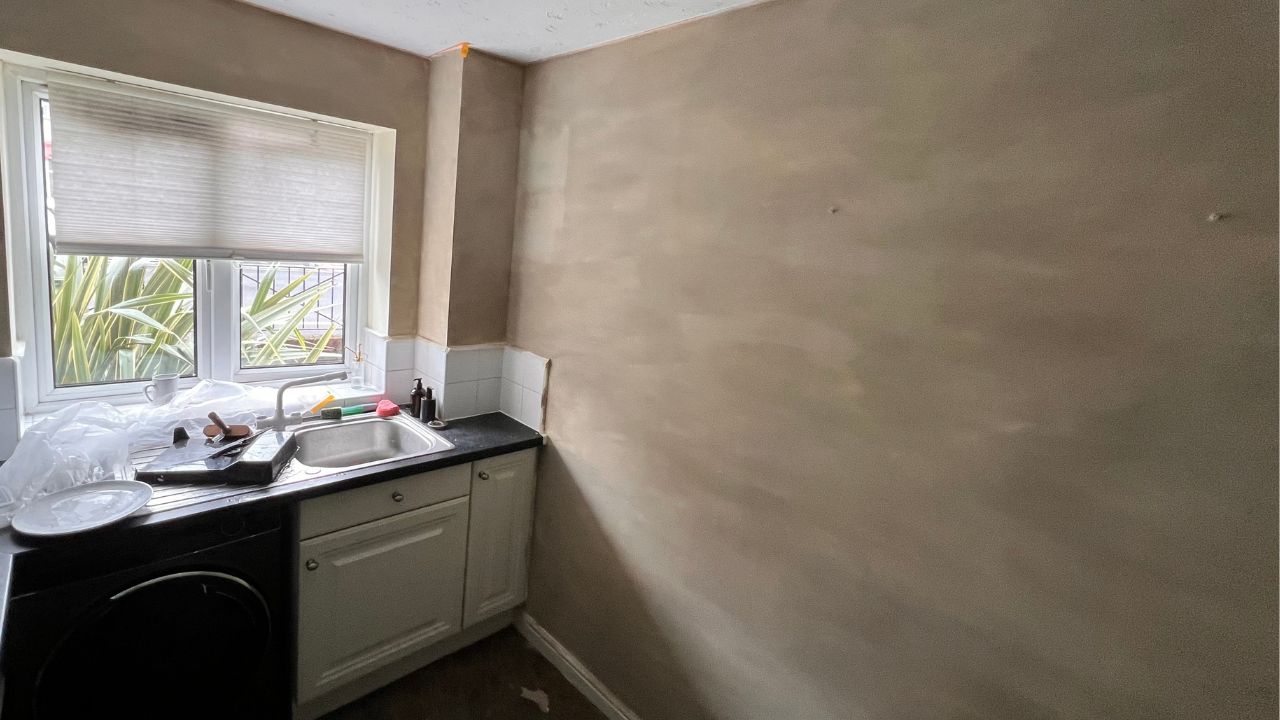
Textured paint products—like Roman clay or specialty matte finishes—are taking the place of traditional paneling in many homes. They add movement and dimension without pattern or visible seams.
Designers love that these finishes hide imperfections and bring a cozy, handcrafted feel. It’s an easy way to make walls feel rich without the work of installation.
Natural wood walls

Instead of white-painted shiplap, designers are embracing natural wood tones again. Think pine, oak, or cedar planks left raw or lightly stained.
The natural grain adds warmth that feels authentic rather than styled. It fits right into the shift toward organic materials and away from all-white, manufactured looks.
*This article was developed with AI-powered tools and has been carefully reviewed by our editors.

